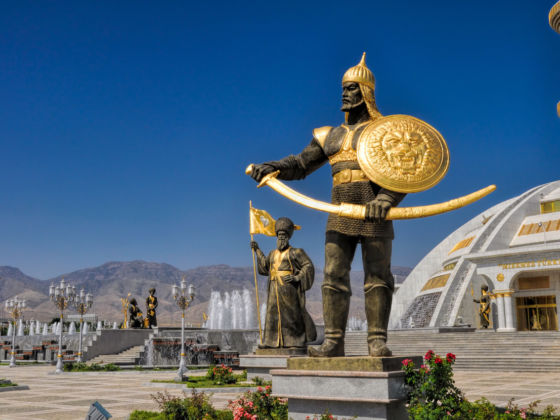However, the collapse of the Soviet Union has generated new-found interest and tourist routes, and publications on the “Wild East” are exponentially increasing—with travelogues, biographies, memoirs, and historiographies.
Here are some of the more fascinating pieces:
